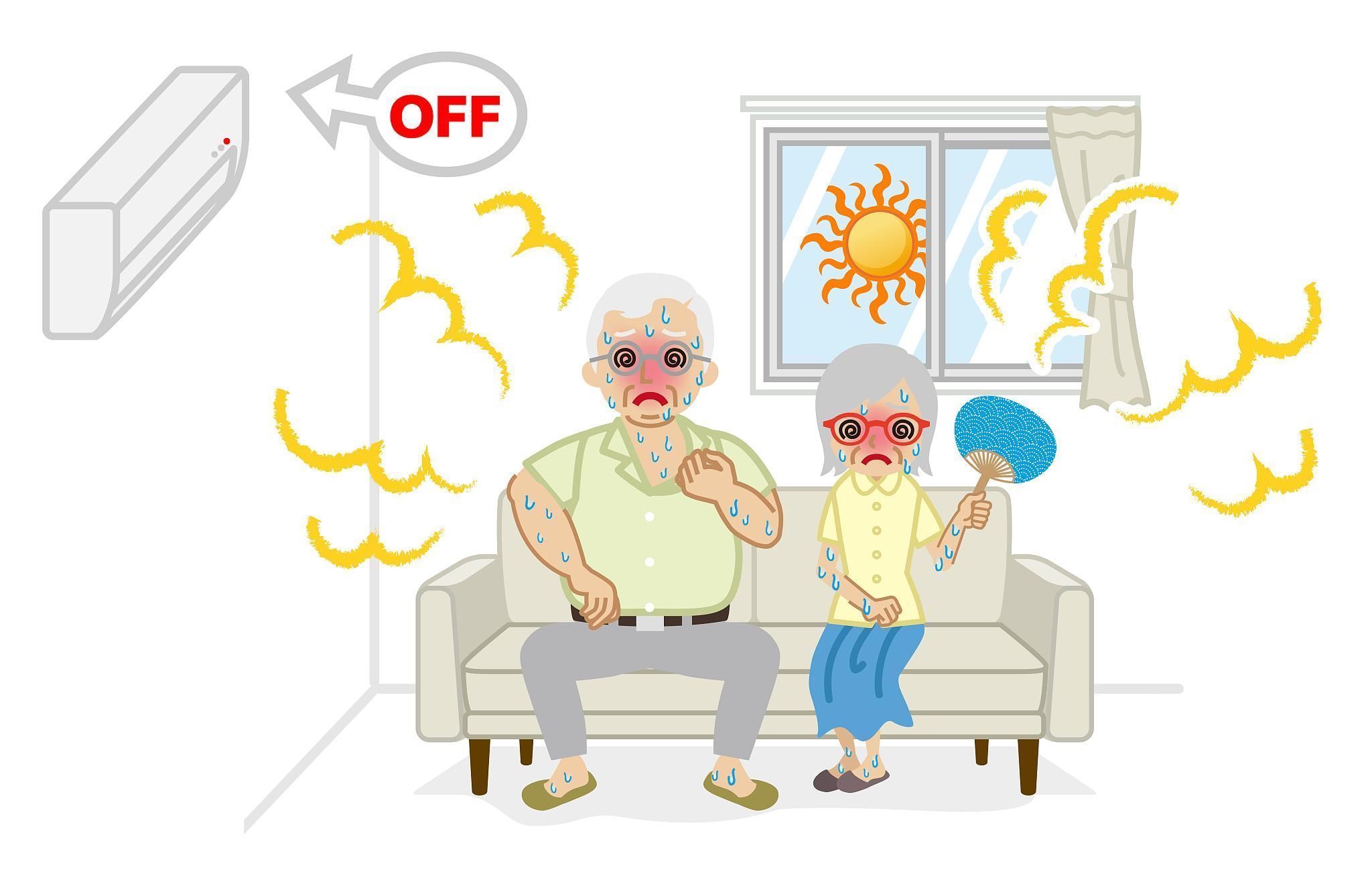Beijing Daily Client | Reporter Wang Dan
Du Tao from the emergency department of the China-Japan Friendship Hospital reminded that among the high-risk groups of heatstroke, the elderly are the group that needs to be paid more attention. In elderly patients with heat stroke, the fatality rate is as high as 80%.

Elderly people, especially those who live alone and have limited mobility, are weak and usually insensitive to changes in temperature and humidity. Underlying diseases, once aura or mild heatstroke occurs and are not detected in time, it is easy to develop into severe heatstroke. For example, some elderly people suffer from underlying diseases such as high blood pressure and diabetes. When symptoms such as dizziness, nausea, and fever appear, family members may easily mistakenly think that the original disease is aggravating, but do not realize the possibility of heat stroke, which eventually leads to aggravation of the disease. .
In addition, it should be reminded that it is also more common for the elderly to suffer from heat stroke indoors. The reason is that many elderly people are “afraid of attracting wind” and “fear of getting cold” and do not turn on air conditioners and fans. However, in summer, the indoor temperature and humidity are relatively high, which just meets the environmental conditions of heat stroke.
For safety reasons, we recommend that when the elderly stay at home in summer, turn on the air conditioner or fan during the high temperature period from noon to the afternoon, and then turn it off when the temperature drops in the morning and evening. If you are afraid of the cold, you can adjust the temperature of the air conditioner appropriately, and adjust the air volume of the fan appropriately.
(Photo: Visual China)